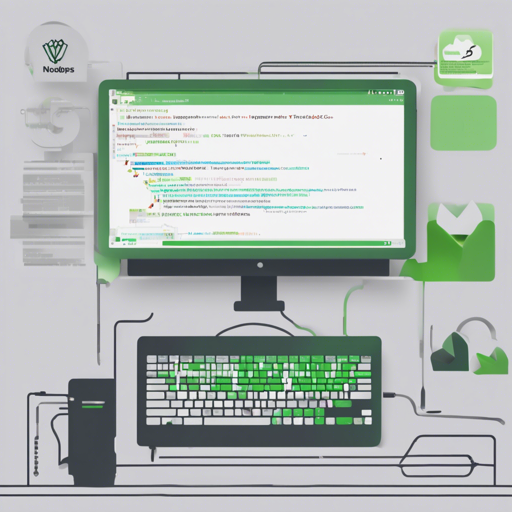If you’re looking to create stunning documentation or a blog using VuePress, you’re in the right place! This article will guide you through the steps of setting up a VuePress project, giving you the tools you need to share your knowledge effectively. We’ll cover everything from installing Node.js and VuePress, to running your development server. Let’s dive in!
Step 1: Install Node.js
To start using VuePress, you’ll need Node.js installed on your machine. Node.js is like the engine of a car; it helps execute your JavaScript code on the server side. Here’s how to install it:
- Visit the Node.js official website.
- Download the version suitable for your operating system (LTS is generally recommended).
- Follow the installation prompts to complete the installation.
Step 2: Install VuePress
Once Node.js is set up, it’s time to install VuePress. This can be done with npm (Node Package Manager), which comes bundled with Node.js. Think of npm as your toolbox for adding new features to your project.
npm install -g vuepressBy using the ‘-g’ flag, you’re installing VuePress globally, making it accessible from any directory on your machine.
Step 3: Create and Configure Your VuePress Project
Now that you have VuePress installed, let’s create a new project. You can think of your project as a book, and the VuePress structure is the table of contents.
mkdir my-vuepress-project
cd my-vuepress-project
mkdir docs
echo '# Hello VuePress' > docs/.vuepress/config.js
This setup creates a directory for your project and a ‘docs’ folder where your documentation files will reside.
Step 4: Configure Your Project
Next, let’s define some settings in the `config.js` file. Imagine this file as your project’s blueprint. Here’s how to add items to the sidebar:
module.exports = {
themeConfig: {
sidebar: [
{
text: 'Java',
link: '/md/concurrency/00-Java.md',
children: ['/md/concurrency/00-Java.md']
}
]
}
}
This configuration helps discuss various topics effectively by organizing them into a sidebar menu.
Step 5: Run Your Development Server
Finally, to view your changes in real-time, you’ll need to start your development server. This is like turning the ignition on your car to get it moving!
npm run dev -- --port 8081Congratulations! You’re now running a development server at http://localhost:8081. Open your browser and navigate there to see your VuePress project in action.
Troubleshooting
Running into issues? Here are some troubleshooting tips:
- Issue: Command not found – Ensure Node.js is installed correctly and added to your system’s PATH.
- Issue: VuePress not starting – Double-check your configuration file for any syntax errors.
- Issue: Content not appearing – Make sure your markdown files are located correctly in the `docs` folder.
For more insights, updates, or to collaborate on AI development projects, stay connected with fxis.ai.
Conclusion
Now you have all the tools and steps to set up your own VuePress project using Node.js. As you continue exploring and creating, remember that these advancements are crucial for the future of AI, as they enable more comprehensive and effective solutions. Our team is continually exploring new methodologies to push the envelope in artificial intelligence, ensuring that our clients benefit from the latest technological innovations.

